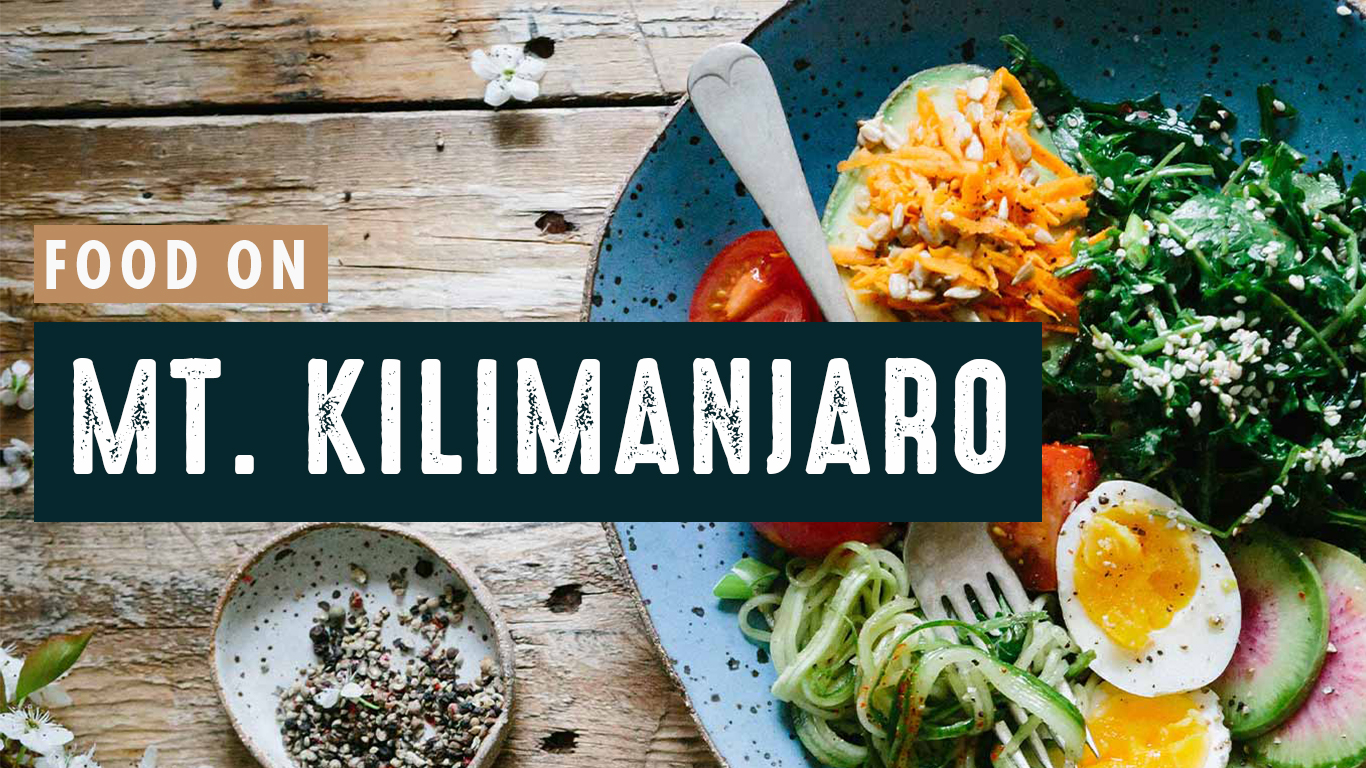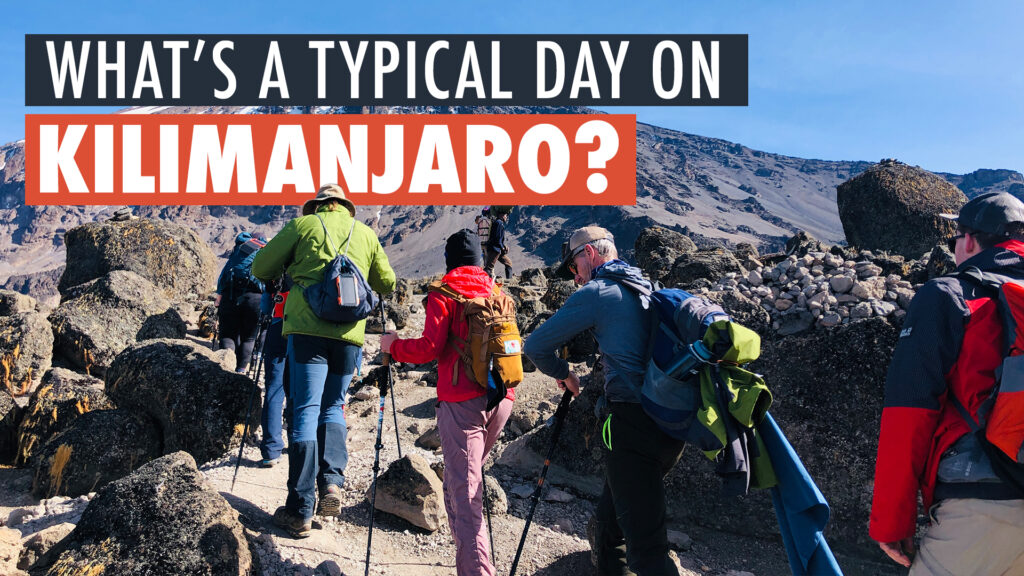
A typical day on Mount Kilimanjaro is like following a well-planned adventure script. You’ll usually rise with the sun, somewhere between 6:00 AM and 7:00 AM, depending on where you are on the mountain. Then comes a delicious breakfast spread, with options like warm porridge, eggs, toasty bread, fruits, and steaming cups of your favorite beverages. As you gear up for the day’s journey, don’t worry about lugging heavy equipment – the amazing porters have got that covered!
In the morning, medical checks are conducted by guides to ensure everyone is in good health before setting out. The morning trek commences, aiming to reach the next campsite or destination, with a steady and sustainable pace. Short breaks are taken for snacks and to rehydrate, as staying well-hydrated at high altitudes is crucial. Around midday, a picnic lunch is enjoyed, typically consisting of sandwiches, fruits, and snacks. After lunch, the afternoon trek continues, with the goal of reaching the next campsite or destination. The length of the afternoon trek may vary depending on the route and altitude.
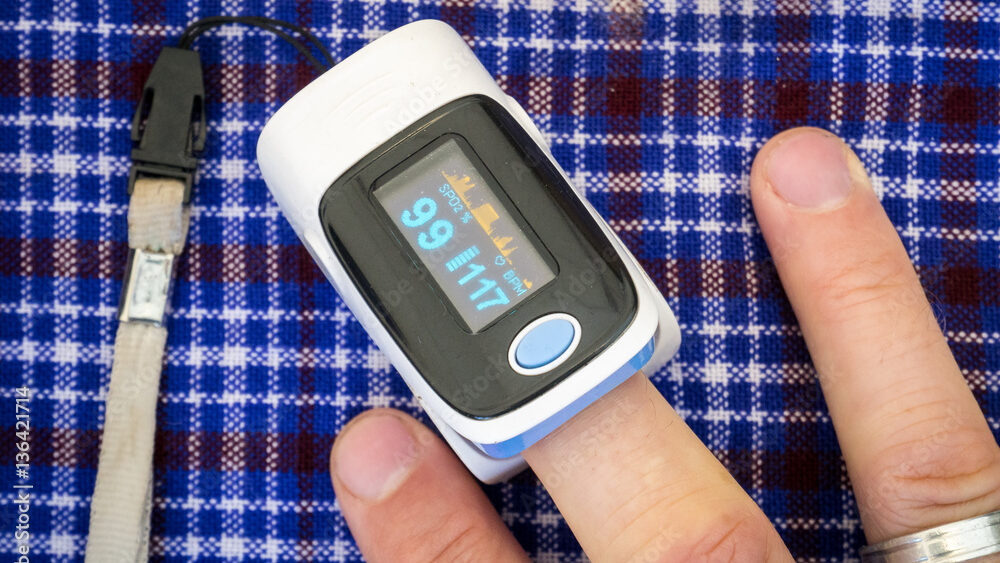
The afternoon trek continues, each step bringing us closer to the next campsite or exciting destination. When we roll into camp tents are all set up, thanks to our amazing guides and porters. It’s your time to relax, take it easy, and let your body adjust to the altitude. And guess what? At the end of the day, our cheerful guides will give you another health check to make sure everyone’s doing great!
As evening draws near, our camp chef will whip up a delicious dinner. The guides will also share stories about the next day’s adventure, including any cool spots we’re hitting and tips for staying safe. And then, it’s your time to kick back, maybe gaze at the stars (they’re pretty spectacular up here!), and get a good night’s rest for the next day’s escapades.
When you have free time in camp on Mount Kilimanjaro, there are several enjoyable activities you can engage in to relax, acclimate, and make the most of your experience. Resting is crucial for conserving energy and allowing your body to acclimate to the high altitude. Maybe just lay for a bit, with your legs elevated so you can reduce some of the natural swelling from walking all day. Wander around the campsite and soak in the stunning views. Capture the beauty of the mountain and the surrounding terrain. The changing light throughout the day can create stunning photographic opportunities.
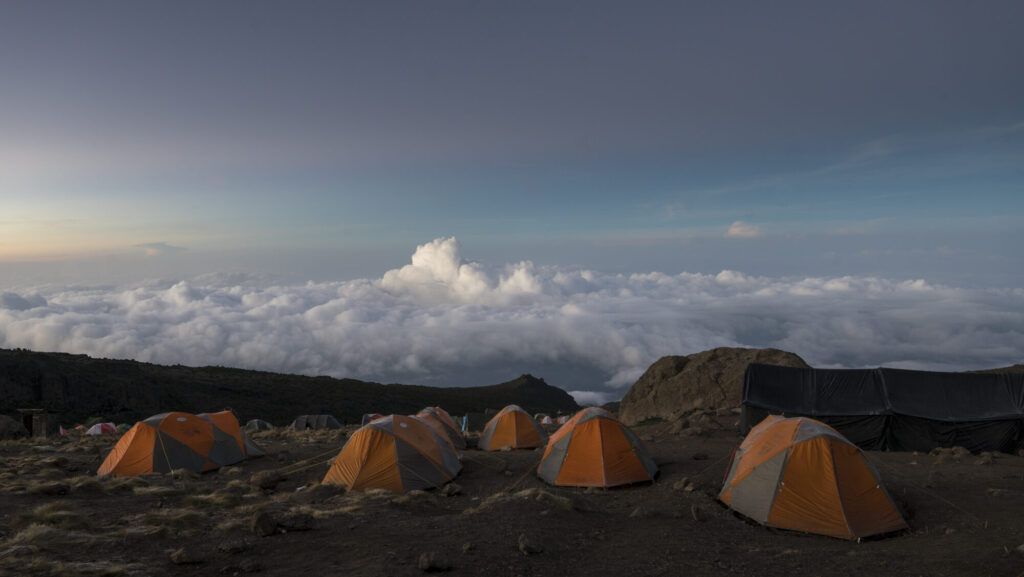

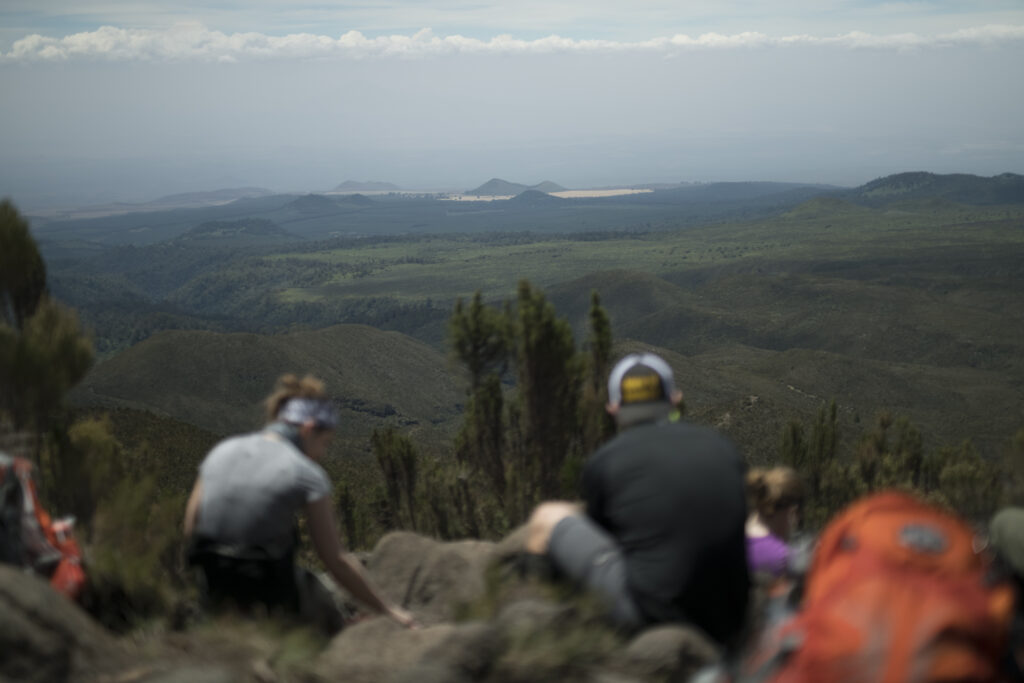
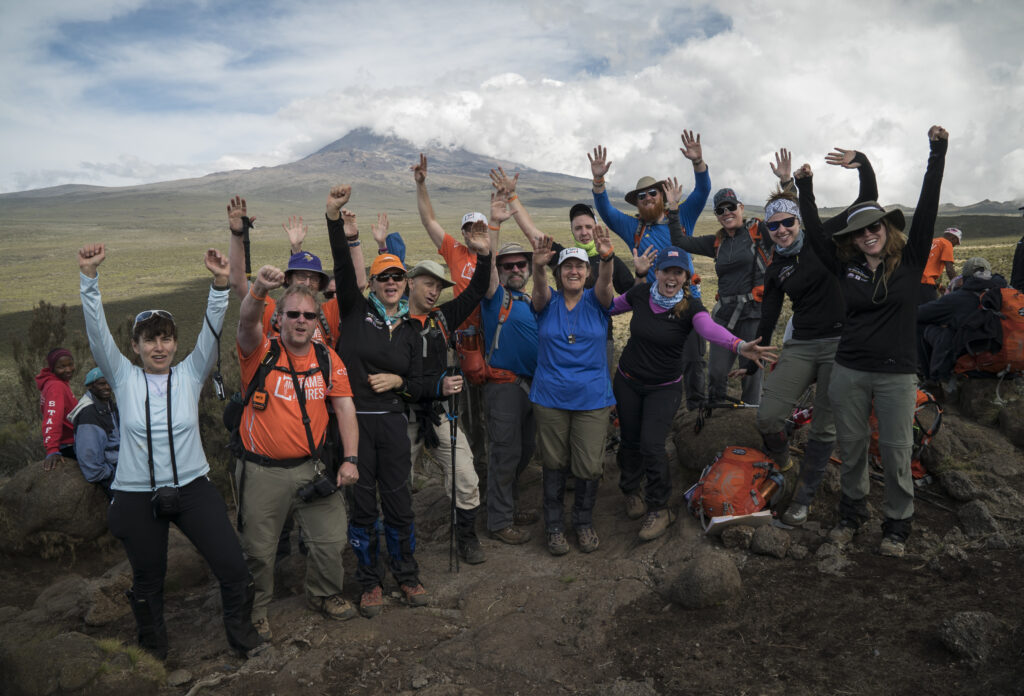

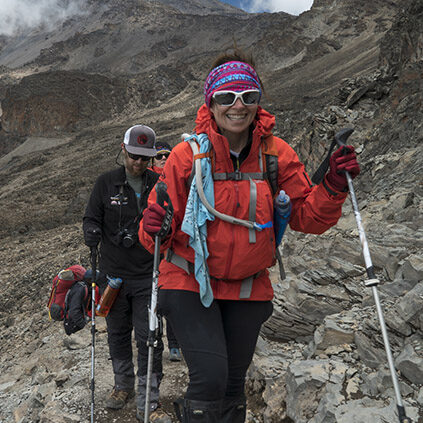


Reflect on your journey so far by writing in a journal or expressing yourself through art. This can be a wonderful way to document your experiences. The peaceful setting of Kilimanjaro can be an ideal backdrop for such activities. Spend time with your fellow climbers, guides, and porters. You might even find that your porters and guides invite you to share in song and dance! Sharing stories, playing games, or simply enjoying each other’s company can be a rewarding part of the experience. Bring along a good book or some calming music to pass the time and relax in your tent or a comfortable spot in the camp. Practice Leave No Trace principles by ensuring you leave the campsite exactly as you found it. Respect for the environment is crucial in preserving the beauty of Kilimanjaro.
Remember, while this is a general outline, each day holds its own unique surprises and delights. Your pace might slow a bit as we climb higher, and that’s perfectly fine. Safety and your well-being are our top priorities, so just go with the flow and enjoy the journey.
Now let’s talk about reaching the top!
Summit day on Kilimanjaro is an exhilarating and challenging experience, as it marks the culmination of your ascent to the highest point in Africa. The day typically begins very early, often around midnight to 1:00 AM, depending on the speed of the group, route and weather conditions. This early start allows climbers to reach the summit at sunrise, when the views are most spectacular. You’ll be woken up by your guides and provided with a light breakfast. It’s essential to dress in layers to stay warm in the sub-freezing temperatures. Make sure to have all necessary gear, including warm clothing, headlamp, gloves, and plenty of water.

The ascent begins in darkness, following a steep and challenging trail. You’ll likely be using headlamps to light your way and walking for 6 to 8 hours on the way up. The path is often rocky and uneven, requiring careful footing. Summit day involves a slow, deliberate pace to conserve energy and allow for acclimatization. This is crucial, especially at the high altitudes. As you climb higher, the air becomes thinner, and the effects of altitude can become more pronounced. It’s important to listen to your body and communicate any symptoms of altitude sickness to your guides.
Depending on your chosen route, you’ll reach Stella Point, Gilman’s Poin, or the top of the Western Breacht first. Stella Point (18,800 ft<), is on the crater rim, and from here, you’ll have incredible views of the crater and the surrounding landscape. From Stella Point, you’ll continue along the rim of the crater to reach Uhuru Peak, the highest point on Kilimanjaro, taking about 45 minutes to one hour.
This part of the climb is mentally and physically demanding, but the sense of accomplishment upon reaching the summit is immeasurable. If all goes as planned, you’ll arrive at Uhuru Peak just in time for sunrise. The sight of the sun rising over the African continent is breathtaking and truly unforgettable.
You’ll have time to celebrate your achievement, take photos, and soak in the incredible views from the summit. After spending some time at the summit, you’ll begin the descent. While descending, be cautious and maintain a controlled pace to avoid any slips or falls. You’ll trek back down to a lower campsite for a well-deserved rest and a hot meal. This is a time to reflect on your accomplishment and savor the memories. Summit day on Kilimanjaro is a physically and mentally demanding experience, but it’s also one of the most rewarding. It’s important to be well-prepared, listen to your guides, and take care of your body throughout the climb. Remember to savor the moment when you reach the summit, as it’s an achievement that will stay with you forever.
Most people descend more than 10,000 ft to a lower camp called Mweka. This is another 7 to 8 hours going down. Usually most groups set up a tent at Barafu Camp, for the group to take a 1 hour nap and to eat. After your lunch, you will continue to descend for another 4 hours. It’s a hard and challenging day.






